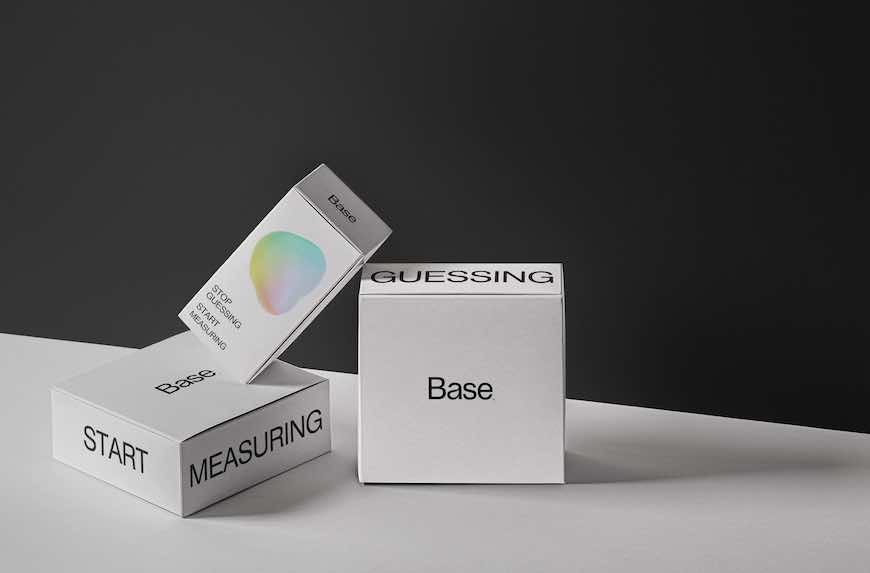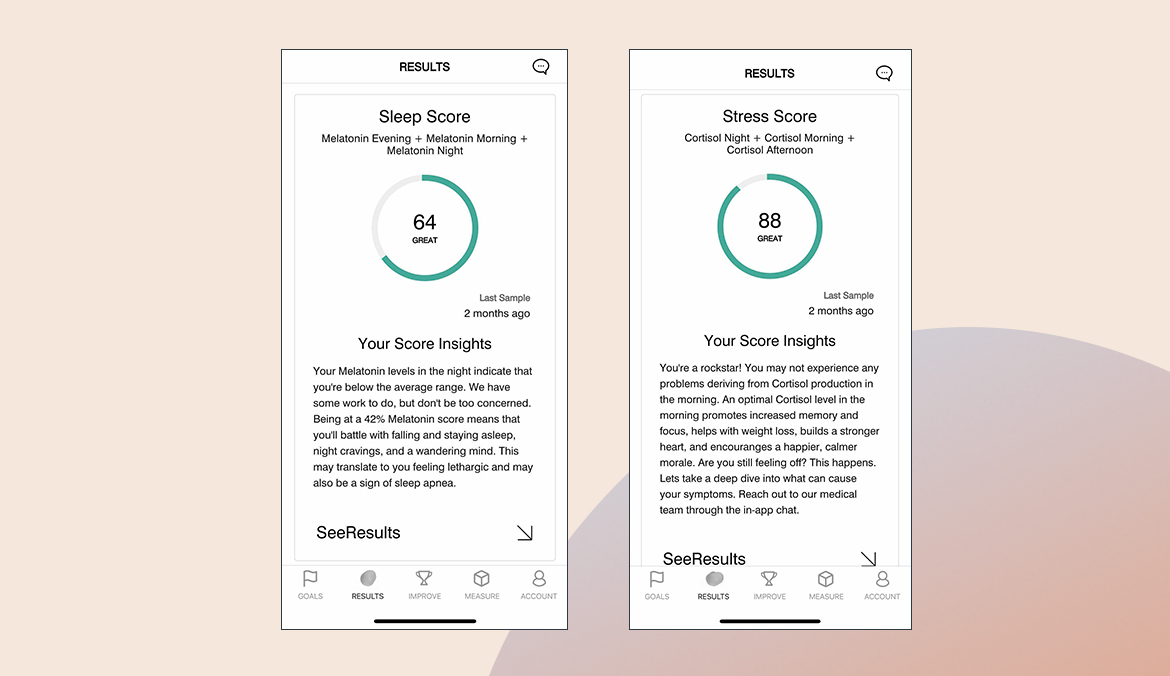Does At-Home Lab Testing Live Up to the Hype? I Tried It to Find Out
Enter: 2020—the year my usual sleep struggles got way worse, and my always-persistent feelings of anxiety reached a fever pitch (because, of course they did). So, I finally decided I needed to do something about both of them, ASAP.
My theory was that my stressful days and my sleepless nights were connected, so I decided to tackle both problems in tandem. But to figure out how, exactly, to fix these problems (rather than just throw a bandaid on them) I wanted to get the full, science-backed picture of what was going on with my body.
Rather than scheduling an appointment somewhere, I ordered a Base at-home lab testing kit, which allows you to track the hormone levels that impact your diet, energy, sex drive, strength, and sleep levels from an app on your phone so you can start making the necessary changes that can lead to measurable improvements.
"With Base, you get an actual picture of your body’s response to everyday lifestyle habits like diet, exercise, and supplements," says Lola Priego, CEO of Base. "Simply put, Base makes it easy to understand what your body needs for you to do to feel your best."
Now that was exactly the type of wellness intel I was looking for. I created a Base account and had the at-home lab testing kits sent to me so I could measure and track my sleep and stress—and create new habits that'll hopefully get me to eight peaceful hours a night.
Keep scrolling for an inside look at my experience (and results!) with at-home lab testing.

Testing, testing
I'm not scared of blood per se, but I've only had bloodwork done once, so I was slightly nervous for the finger prick part. But Priego reassured me that the process would be safe and easy, and that I would be guided through the whole thing—and she was right. The pricks themselves just felt like a tiny pinch, and I was able to get some extra guidance by scheduling one of Base's finger-prick sessions (available to anyone who needs some backup), where a team member walked me through the pricking, spitting, and collecting process.
Rather than filling up several vials with blood like you would at the doctor (hello, red wedding on my white desk), you're given a twist-off finger pricker (aka a lancet) and a collection card (around the size of a business card) with five small circles to fill up with blood droplets—and that's it. It took me all of 10 minutes to complete, including washing my hands before and after. As for the saliva part, I had three separate vials to fill up over the course of a day—one in the morning, evening, and night. Afterward, it was a simple seal, tape, and send.

Results are in!
After about a week of (admittedly anxiously) waiting, the results hit my app. The numbers have spoken y'all, and I tested "Great" (64 percent out of 100) for my sleep—which yes, explains the bags under my eyes, but isn't nearly as bad as I anticipated.
Looking at my individual sleep scores more closely, I scored only 42 percent for melatonin at night, which the app suggests means I may battle with staying asleep the most. (Ding, ding!) My morning melatonin sat at 56 percent, which the app says can contribute to drowsiness and poor appetite—two things I've been feeling for, well, awhile now.
But, here's the real kicker: I tested at 88 percent out of 100 for stress (also classified as "Great"), with a 96 percent for cortisol in the morning (nearly perfect). That means my cortisol levels aren't impacting my feelings of stress, and my stress probably isn't contributing to my sleep problems as much as I thought—my lack of melatonin is the culprit there.
Once you receive your results, Base sets you up with a consultation to review them. After going over my numbers with a Base teammate, I moved from the investigation stage (figuring out what exactly was going on) into the improvement stage, when I can start to determine the specific lifestyle changes that'll boost my sleep score.
I'm going through changes...
So, what are those changes you might be asking? One of the cool features of the Base app is its Improve page, which offers users several different plans that can help them properly respond to their test results. For me, that involved a path to return to optimal melatonin levels.
The first recommendation was supplementation, which was easy for me to start since I already had a bottle stashed in my bedside table. Base also suggested that I integrate more melatonin-boosting foods like oats, cherries, bananas, and walnuts into my diet, none of which were staples in my kitchen before taking these tests (and all of which I added to my grocery list immediately). Finally, it suggested reworking my bedtime routine to reduce screen time, which had definitely increased over the past year.
About a month after making these tweaks to my routine, I did another round of at-home lab testing to see if my scores would improve—and turns out my night melatonin score increased by 33 percent, which means I had some backup coming in to help me doze off. My morning melatonin score decreased by 12.5 percent, which contributed to the a.m. grogginess I felt. These changes explain why the past couple weeks I've successfully slept through the entire night without issue, which is a giant win for me. But, I'll definitely be investing in blackout curtains to nudge that morning score in a better direction, per Base's rec.
And as for my stress? TBH, getting back on the post-holiday work grind mixed with pandemic life hasn't been easy, but I was able to boost my evening cortisol score from 86 to 96 percent, which is optimal AF. My morning percentage did take a small hit (did I mention I prefer to get most of my work done before noon?) but it made me realize why it was happening, so that I can now work on loosening up my schedule—and mindset—to get that score close to 100.
I'm not where I want to be (yet!), but these are just my first two tests. From here, I'm going to continue to track my levels, make the changes Base recommends that work for me, and feel good about knowing exactly what's going on with my health and wellness.
Top photo: Getty Images/Guido Mieth
Loading More Posts...